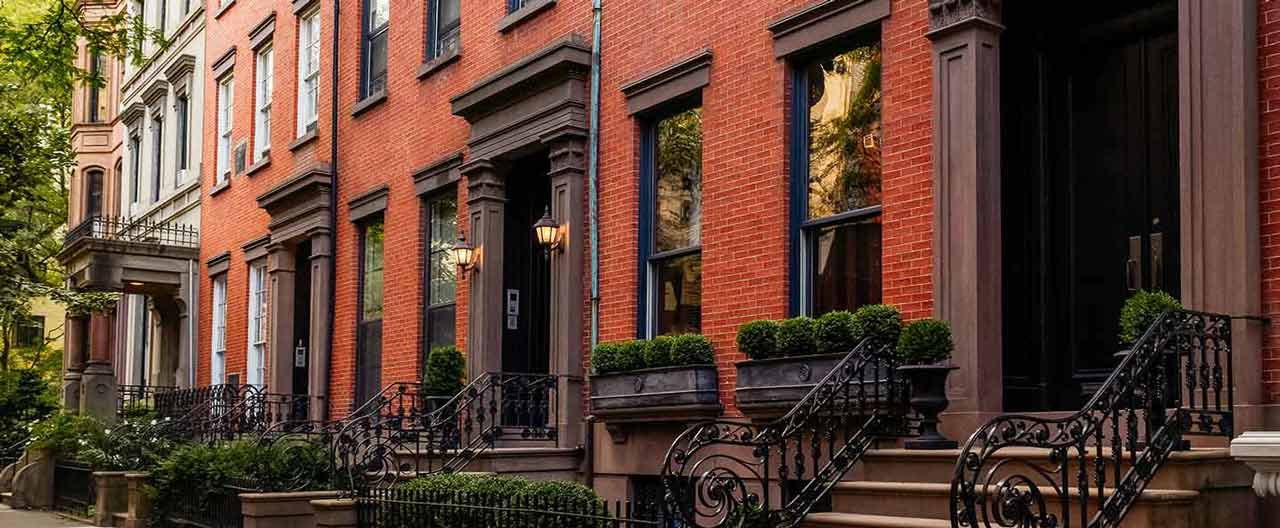- Individuals & Families
- Businesses
- Agents & Brokers
- Embedded Insurance

Chubb ranked #1 for Homeowners Insurance Customer Satisfaction.

Chubb ranked #1 for Homeowners Insurance Customer Satisfaction.

Chubb ranked #1 for Homeowners Insurance Customer Satisfaction.

Chubb ranked #1 for Homeowners Insurance Customer Satisfaction.

Because pets are family, Chubb now offers pet insurance with top-rated coverage from Healthy Paws.

Chubb offers the insurance protection you need for travel’s many “what ifs”.

Chubb protects small businesses at every stage – from newly formed start-ups to long-time anchors of the community.

Stay ahead of cyber threats with our free Cyber Claims Landscape Report.

Learn more about our dedicated learning paths, Online Learning Center, and more.

Many digital-savvy consumers look for it as a core or add-on option.

Many digital-savvy consumers look for it as a core or add-on option.

Many digital-savvy consumers look for it as a core or add-on option.

Chubb’s in-house technology makes it easy to integrate what we do into your customer experience.
-
About
-
Claims
-
Login & Pay Bill
For Agents & BrokersFor Travel Advisors
-
Back
A City Home is typically defined by three things: location, age, and construction. Usually, it is an urban residence, built prior to the 1940s of masonry construction. City Homes are often attached to neighboring houses and are also known as brownstones, townhouses, or row homes.
In recent years, we have seen city residences make a come-back. They are popular among young professionals, individuals looking to downsize from their family home, or retirees. These individuals are attracted to both the historic aspects of this type of house and the perks of being in a city, including the ability to walk to restaurants, and easy access to entertainment and transportation. Many City Homes have been renovated and updated prior to going on the market, but if you are considering purchasing a residence that has not undergone recent renovations or upgrades, here are some things to consider.
General maintenance and system upgrades.
To ensure that your City Home has been properly maintained over the years, consider hiring a licensed inspector who is experienced with historic buildings to perform a thorough inspection and help you spot any potential issues as part of the purchase process. It is also recommended that you have a trusted contractor go through the home with you, prior to purchase, to review major mechanical systems in the house and provide guidance on any needed upgrades and/or replacement of baths, kitchen, windows, roof, etc. Most historic homes are not turn-key so it is important to have an idea of what renovation costs will be, in addition to your purchase price.
Specialized labor and materials.
Unlike a modern house, a City Home is constructed of materials that are not standard in size, nor can they usually be purchased ‘off-the-shelf.’ Master craftspeople (masons, finish carpenters, plasterers, etc.) are also needed in the event of a partial or total loss, to match/replicate existing finishes. Finding and/or replicating original materials, like hand-made brick, plaster crown molding or heart pine flooring, can be more difficult and expensive due to scarcity or the need for custom manufacturing.
Potential required architectural review.
Depending on the neighborhood, or if there is an individual historic designation for the house, there may be restrictions on the renovations and additions you can make to your City Home. Prior to the start of a renovation, architectural review may be required by your city’s preservation committee. The most typical type of restriction, also known as an ‘easement,’ usually limits changes to the front façade of a house. Interior easements are less common, but before purchase, inquire if there are any existing interior or exterior easements.
Contact your insurance agent if you need help finding professionals to help you inspect and assess your potential City Home. You’ll also want to understand what your insurance coverage will pay for if you suffer a loss, since not all policies will provide for upgrades to older homes to bring them up to code.
Insights and expertise
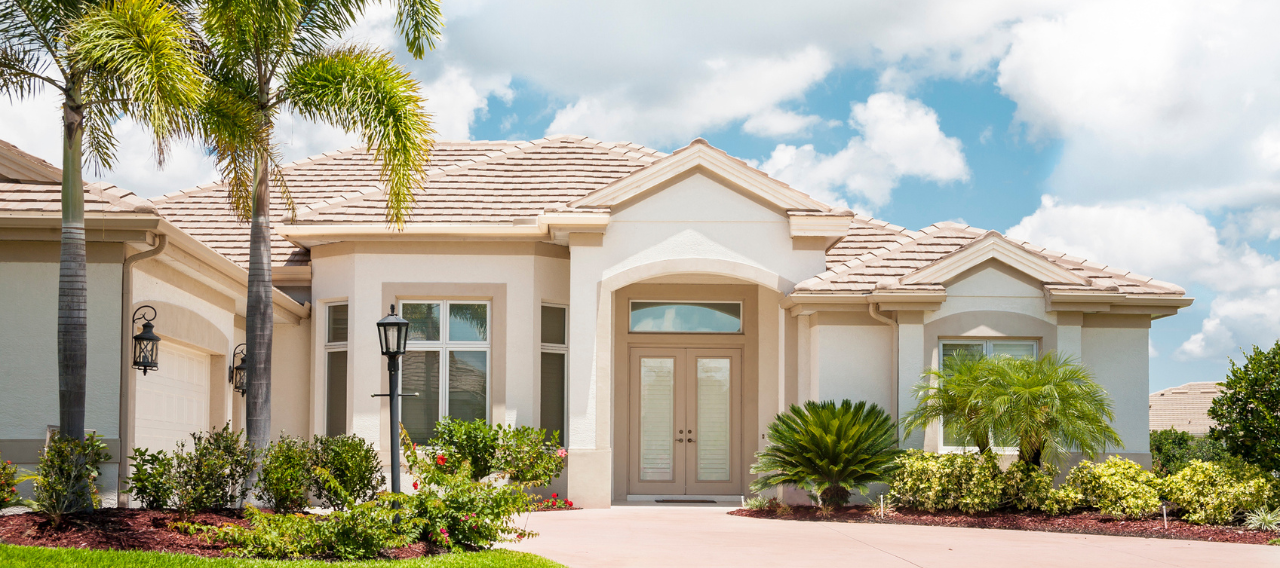

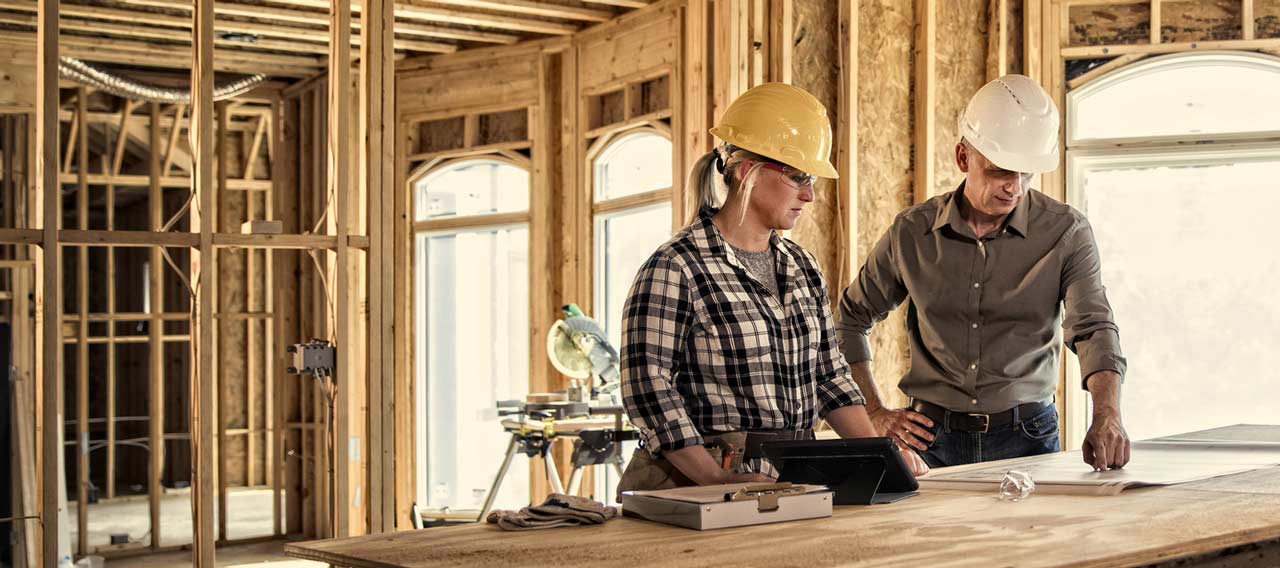
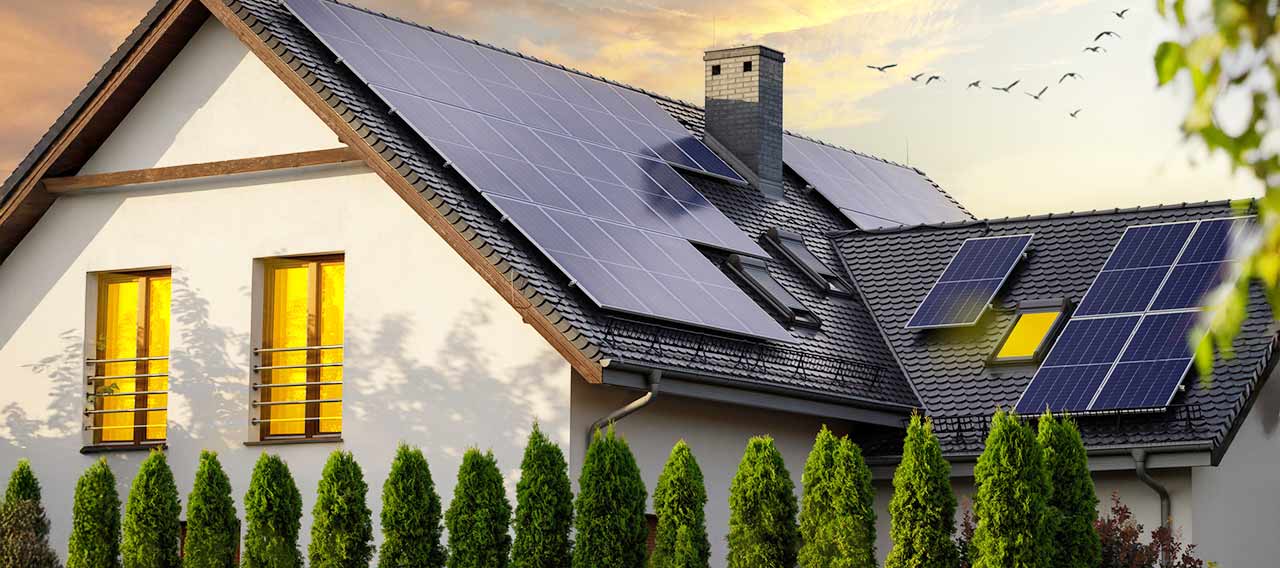

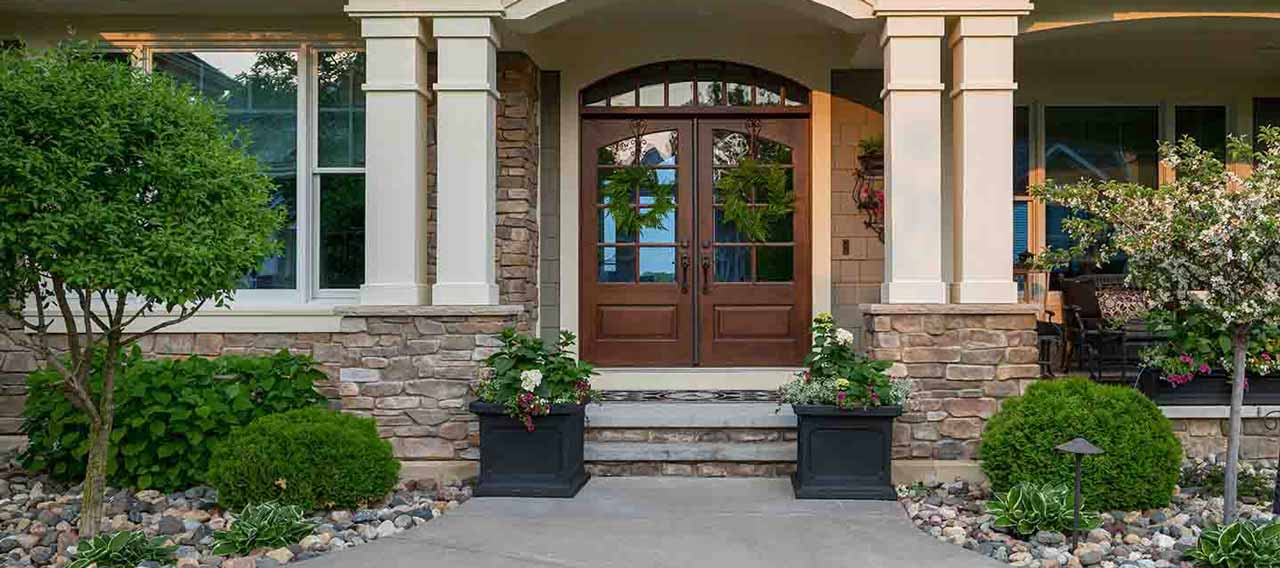

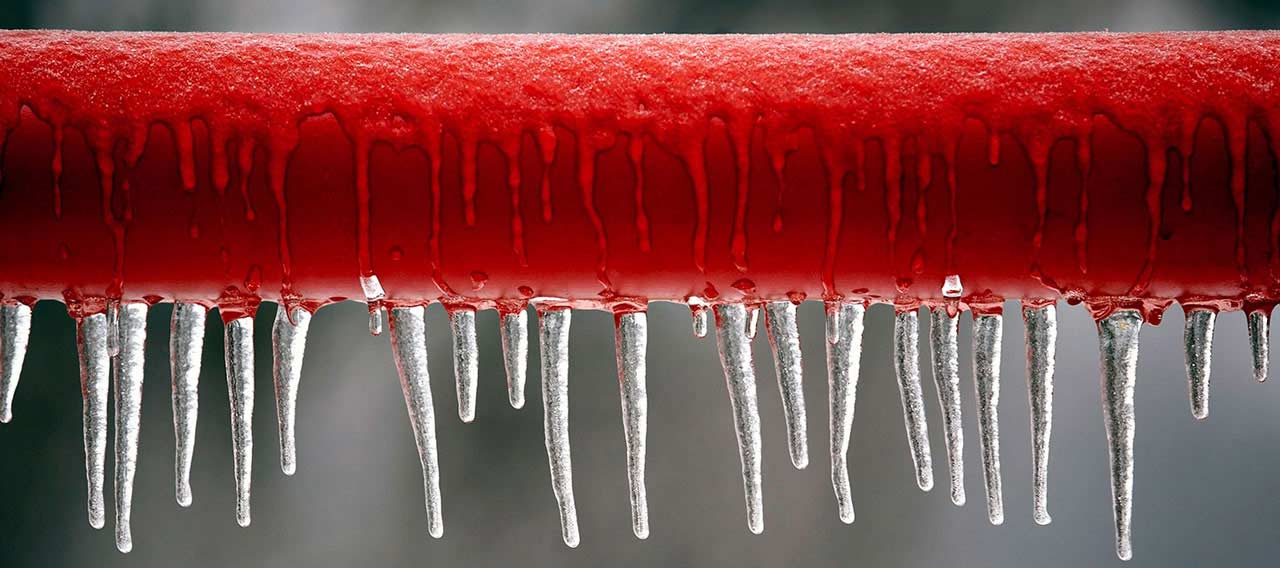
This document is advisory in nature and is offered as a resource to be used together with your professional insurance advisors in maintaining a loss prevention program. It is an overview only, and is not intended as a substitute for consultation with your insurance broker, or for legal, engineering or other professional advice.
Chubb is the marketing name used to refer to subsidiaries of Chubb Limited providing insurance and related services. For a list of these subsidiaries, please visit our website at www.chubb.com. Insurance provided by ACE American Insurance Company and its U.S. based Chubb underwriting company affiliates. All products may not be available in all states. This communication contains product summaries only. Coverage is subject to the language of the policies as actually issued. Surplus lines insurance sold only through licensed surplus lines producers. Chubb, 202 Hall's Mill Road, Whitehouse Station, NJ 08889-1600.


